CHAPTER 4
ANCIENT GIANTS OF RUSSIA
To have the truth in your possession you can be found guilty, sentenced to death.
PETER TOSH
The ancient giants of Russia aren’t discussed much in the West, which has been blatantly anti-Russian for longer than most can even remember. But the Russian people and their culture are ancient. With new findings emerging through the frozen landscapes and a booming economy that’s lifted most of its citizens out from underneath the communist rathole two decades ago, modern Russia has recently been eager to give up her secrets. An incredible discovery made there in 2014 threatens to overturn the conventional mainstream theories concerning the history of the planet. In the frozen tundra of southern Siberia, high on Mount Shoria, researchers found a series of megalithic stones that were assembled into a massive wall (see figs. 4.1–4.4). Some of these gigantic stones weigh over three thousand tons, boggling the mind when one thinks of how they could have been transported up the side of a rugged mountain and then stacked nearly fifty feet in the air. Some of the stones even appear to have been machine drilled and perhaps cut or sawed to reveal sharpened corners, flat smooth surfaces, and right angles.
These megalithic wonders of Russia easily blow away their closest competitors in the category of out-of-place mega stoneworks that can be found in the quarries of Cairo and at the ruins in Baalbek, Lebanon. These Russian megalithic stones are over twice as big; they also displayed a very unusual trait that caused the compasses of local researchers to malfunction. Archaeologist John Jensen first broke the story to Western audiences via his blog hosted by Academia.edu:
The super megaliths were found and photographed for the first time by Georgy Sidorov on a recent expedition to the Southern Siberian mountains. The following images are from Valery Uvarov’s Russian website. There are no measurements given, but from the scale depicted by the human figures, these megaliths are much larger (as much as 2 to 3 times larger) than the largest known megaliths in the world. (Example: The Pregnant Woman Stone of Baalbek, Lebanon weighs in at approximately 1,260 ton.) Some of these megaliths could easily weigh upward of 3,000 to 4,000 tons. There is little commentary on Valery’s site, so the images are displayed here without much comment, other than my own limited observations.1
Another ancient site in Russia is Arkaim, also known as Russia’s Stonehenge despite not having any gigantic stones standing guard over the area. The ancient site is best seen from the air, as it looks like whatever used to be there disappeared a long time ago. Like other ancient sites, Russia’s Stonehenge is in perfect alignment to be used as a solar calendar with observations including sunsets and sunrises on the days of equinox and solstice, as well as sunsets and sunrises during low and high moon.
Adding more intrigue to this ancient and mysterious site was the discovery of an elongated skull in the vicinity.2 Researcher Maria Makurova announced the discovery to the Russian news agency TASS, explaining the elongated skull belonged to a female member of the indigenous Sarmati tribe who lived at the time in what is now central Russia. The ancient remains have left archaeologists too stunned to explain what an elongated skull is doing all the way in Chelyabinsk, a Russian city on the northeastern tip of the Ural Mountains. The typical answers were given of course to explain the elongated skull: the head-binding of a child’s skull as per the tradition of the tribe. Never mind who these tribe members were trying to imitate in the first place.
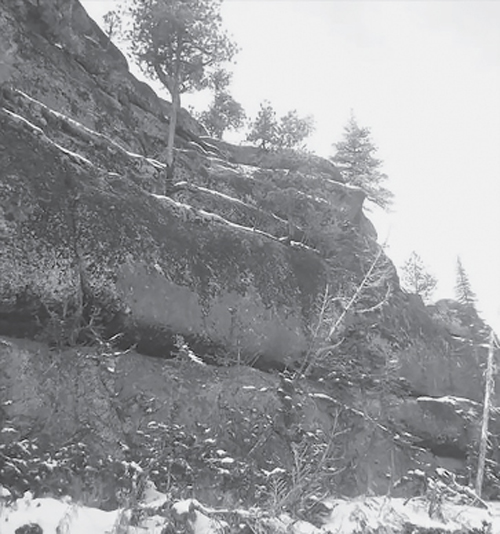
Fig. 4.1. Megaliths of Russia (photo by Василий Яр, 2014)
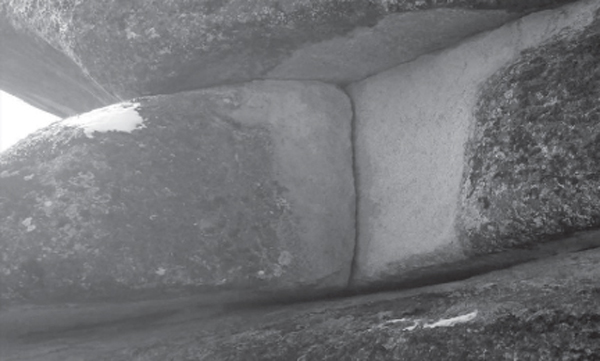
Fig. 4.2. Megalithic Russian wall (photo by Василий Яр, 2014)
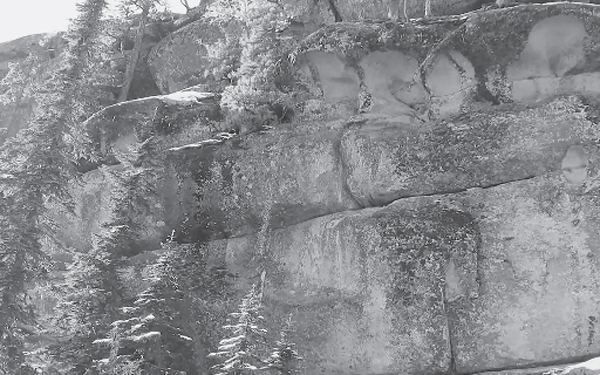
Fig. 4.3. Another view of the massive megalithic Russian wall (photo by Василий Яр, 2014)
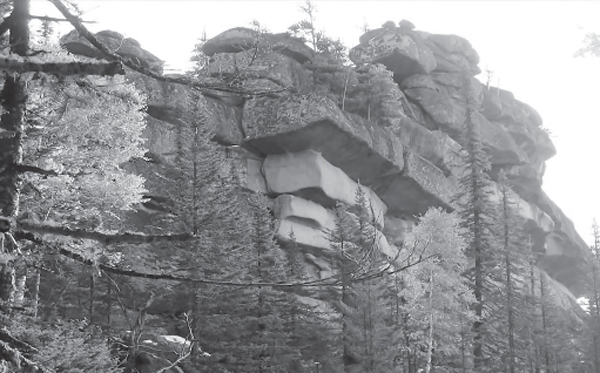
Fig. 4.4. Panoramic view of the massive megalithic Russian wall (photo by Василий Яр, 2014)
The Sarmati tribes were Bronze Age warriors. It is claimed that they have left behind the various mounds that litter southern Russia. These mounds are called Kurgans and they share spooky similarities with other mounds found all over the world, including the mounds that once dominated the Midwest region of the United States of America. Some Kurgan mounds, estimated to be over two thousand five hundred years old, were recently excavated in Kazakhstan. They revealed the burial sites of several skeletons averaging more than seven feet in height.3
An eight-footer was dug up by researchers in the Aktobe region of Kazakhstan, and another eight-foot warrior was unearthed from an elaborate burial mound in Kumsai in 2014. That same year, more eight-foot giants were found in southern Russia near the Kuban River in modern-day Novopokrovskiy.4 This small town near the border of Ukraine is mostly known for its sugar factories, so it was a big shock when local workers in charge of installing new high-voltage power lines unearthed a giant skeleton while digging a new foundation for their poles. Soon academic officials from the closest university showed up to inspect the findings and deemed them to be at least four thousand years old.5 No word yet on where these giant skeletons may end up.
Although separated by thousands of miles and a massive ocean, both the mound-building cultures of the Ohio Valley and the Kurgan mound builders of the ancient steppes of Russia, Central Asia, and the Caucasus Mountains have exhibited skeletons and bones of giant proportions. Explorers of these mounds have unearthed the bones of men and women averaging from six and a half to eight and a half feet tall, all from an unknown culture anywhere from three thousand to five thousand years old or older. Nobody really knows.
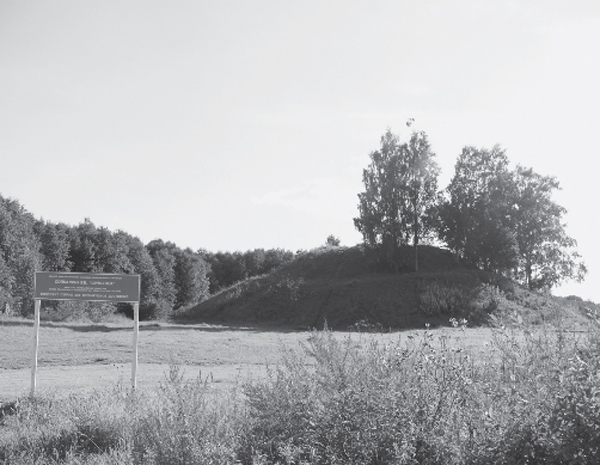
Fig. 4.5. A Kurgan mound in Russia (photo by Дар Ветер, 2013)
In the 1920s explorers discovered a seven-foot giant skeleton in the Latoyust range of the Ural Mountains.6 The two-thousand-year-old skeleton of a seven-foot-three-inches-tall woman warrior from Azerbaijan is on display at the Museum of History and Ethnography of Ganja, located in Ganja, Azerbaijan. Sadly there is no actual ganja or dreadlocked Rastafarians at this museum of Ganja located in the town of Ganja. But it does have the skeleton of a giant: a mighty woman warrior that might have once inspired the legends of the Amazonians. The placard on her display case reads, “Kurgan. Woman funeral. The Bronze Age. 2000 B.C. The height of this woman buried in kurgan is 2m20sm. Near there are personal plates and folding for hair.”7 Because even giant warrior women still took forever to do their hair before battle.
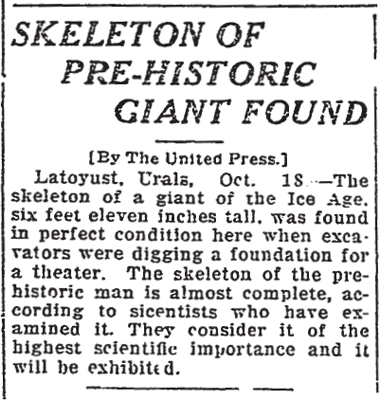
Fig. 4.6. “Skeleton of prehistoric giant found” in the Ural Mountains (Southeast Missourian, October 18, 1927)
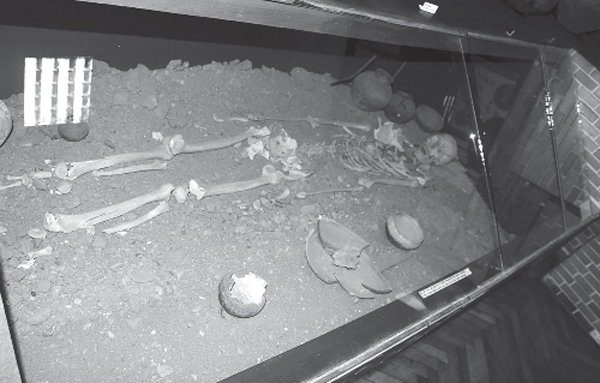
Fig. 4.7. The skeleton of seven-foot-three-inches-tall woman from 2,000 BCE on display at the Museum of History and Ethnography of Ganja, Azerbaijan
In Kazakhstan, researchers have been digging up seven- and eight-foot warrior skeletons in recent decades, usually found in ancient burial mounds and Bronze Age stone vaults (see fig. 4.8).8 Traces of the Kurgan genes can still be seen in the appearance of Nicolai Valuev, a modern-day giant and current Russian heavyweight champion. Valuev is a seven-foot-tall, three-hundred-pound boxer with unmistakable caveman Cro-Magnon cranial features. It wouldn’t have been fun having to fight a whole tribe of his kind when you were at best five and a half feet tall.
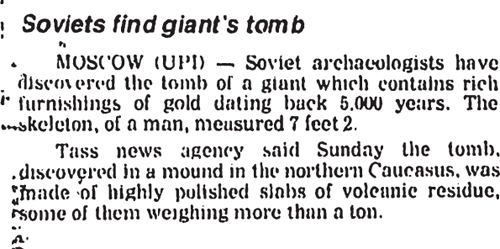
Fig. 4.8. “Soviets find giant’s tomb” (Deseret News, March 29, 1976)
Svyatogor was a warrior giant of Russian folklore, said to be a man so monstrous of size that when he walked, the top of his helmet swept away the clouds.9
In 1945, the Washington Post reported on a find by Soviet soldiers on a reconnaissance mission high in the Russian Himalayas:
GIANT’S SKELETON FOUND BY SOVIETS
The skeleton of a giant, with a skull 33 inches around and a shinbone 33 inches long, has been found in the Tien mountains of Russian central Asia north of the Himalayas, the Russian official agency, Tass, reported yesterday in a broadcast.10
A thirty-three-inch tibia bone indicates that this skeleton was indeed a real giant, measuring between eleven and twelve feet high. The Lethbridge Herald takes a closer look at the supposed twelve-foot-tall Soviet giant skeleton discovered in Russia:
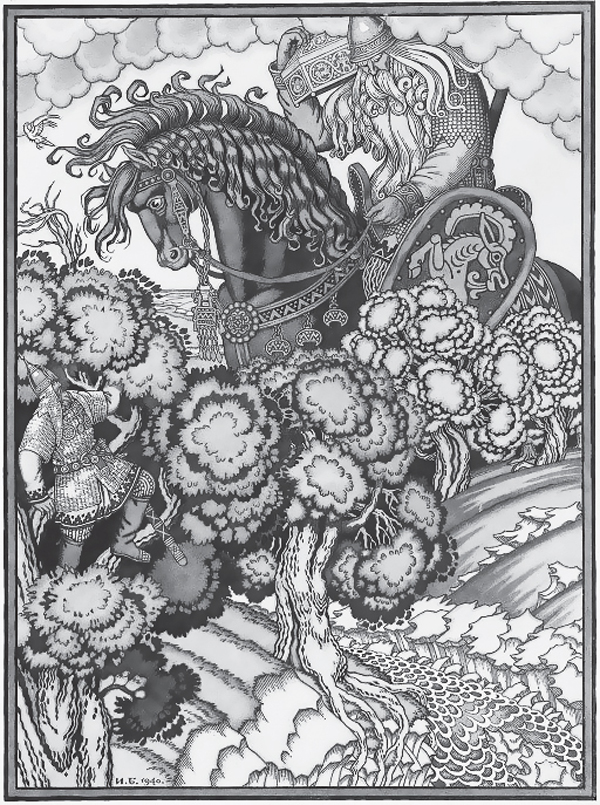
Fig. 4.9. Svyatogor, Ivan Yakovlevich Bilibin (Oil painting, 1900s, 2016)
Discoveries made by scientists during World War II tend to show that this old earth on which we live hides many secrets in her breast. Among all the discoveries that are said to have been made by Russian scientists [this one] is the strangest and eeriest, says the Fort Williams Times-Journal. The report came from Russia and settlements between 25,000 and 100,000 years old had been revealed and a new island found in the Laptey Sea off Northern Siberia. Soviet scientists are said to have dug up fossil remains of a giant whose skull measured 33 inches in circumference and whose shin bone measures 33 inches long . . . he must have had a leg length not less than six feet. One can imagine the length of his stride as he moved about in a hurry. It long has been known that fossils indicate unanswerably that at one time animals and reptiles of enormous size lived on our earth. In such a period men, in order to survive at all, probably were much larger than modern man. Therefore the old legends of giants of the past well may have had a basis in truth.11
In 2004 Russian archaeologists discovered another elongated skull in Russia, this one found in the mountain regions of the northern Caucasus. It now resides at the Pyatigorsk museum of regional studies in the vacation-friendly city of Pyatigorsk located on the Podkumok River. Pravda, the Russian news agency, which sometimes reports news, first documented the elongated skull in 2005 after interviewing Vladimir Kuznetsov, doctor of historical sciences, an expert in the history of the North Caucasus. Kuznetsov says (translated into English):
The skull is part of culture of the ancient Alani. Approximately, it dates back to the third to fifth centuries A.D. These strange skulls appeared at the same time when the Sarmatian and Alani hordes came around. Some of the nomads moved for the North Caucasus in the fifteenth century. Researchers have repeatedly proved that the skulls had been deformed on purpose; ropes or special blocks were tied tightly round the heads of infants, over the temples. The custom went out of fashion by the seventeenth century. The reason behind the deformation phenomenon is still unknown. It is hard to say whether the methods worked effectively or not since nobody ever conducted scientific experiments regarding the binding of the infants’ heads.12
Sorry, but despite Kuznetsov’s claims, not all elongated skulls have been proven to be from the results of child head-binding tactics. Why is it so hard for people to believe that a past race of giants, some even with elongated skulls, once lived on this four-billion-year-old planet that we call Earth? Why do we refuse to accept this greater ancestor into the ranks of once mighty human beings?
Armenia, a tiny nation near the border of Turkey and once part of the Soviet empire, has its fair share of giants inhabiting their ancient mythologies as well. In 2012 a Russian television crew assembled to film a documentary, City of Giants, about the giant eight-foot skeletons that had been unearthed by an archaeological team at the ancient complex of Goshavank.13 The director of the historic site, Artsrun Hovsepian, explained that the giant bones had been found after digging for a new road in 1996. According to locals, giant bones have been found all throughout the region, including one skull that was so massive that it was double the size of a normal head. In Goris, a town less than five miles away, another giant eight-foot skeleton was discovered by a tractor driver digging a new foundation. This discovery made in 1984 was unique because the giant was still clutching his iron metal sword that was still rusting when it should have been completely crumbled to rusty dust.14
Pavel Avetisyan, director of the Russian Institute of Archaeology, claims that a recent discovery in Gyumri of a massive giant skeleton has challenged everything he’s been taught to believe in according to the teachings of mainstream academia. Avetisyan says, “I was just taken aback, because, probably, the thumb of such a person would be thicker than my arm. I myself participated in the excavations and have often found the remains of people who were much taller than me . . . more than 2 meters.”15

Fig. 4.10. The Terek Cossack host, born near Voronezh, Russia, stood 2 m 40 cm, or about 8 feet tall! Timofei Bakulin, 1894–1936 (Rephaim23, 2015)
Remember that two meters is roughly eight feet tall, which is still kind of short compared to the giant warriors spoken of in Armenian history. Their warrior giants lived in the valleys near the river Vorotan in southeast Armenia. There in the mountain villages of Hot Springs, a great tomb was opened in 1966 that revealed a mass burial of giant skeletons. According to archaeologist Vazgen Gevorgyan, “The entire population of the village of Hot Springs says it found the skeletons of giants.” In particular, Razmik Arakelyan personally saw the graves of two giants. He remarked that “all who saw were very surprised and felt that the place should be explored.”16 Gevorgyan did reconnoiter the area for more giant artifacts and found some in the neighboring village of Tandzatap where one tibia bone reached the waist of the town’s tallest member.